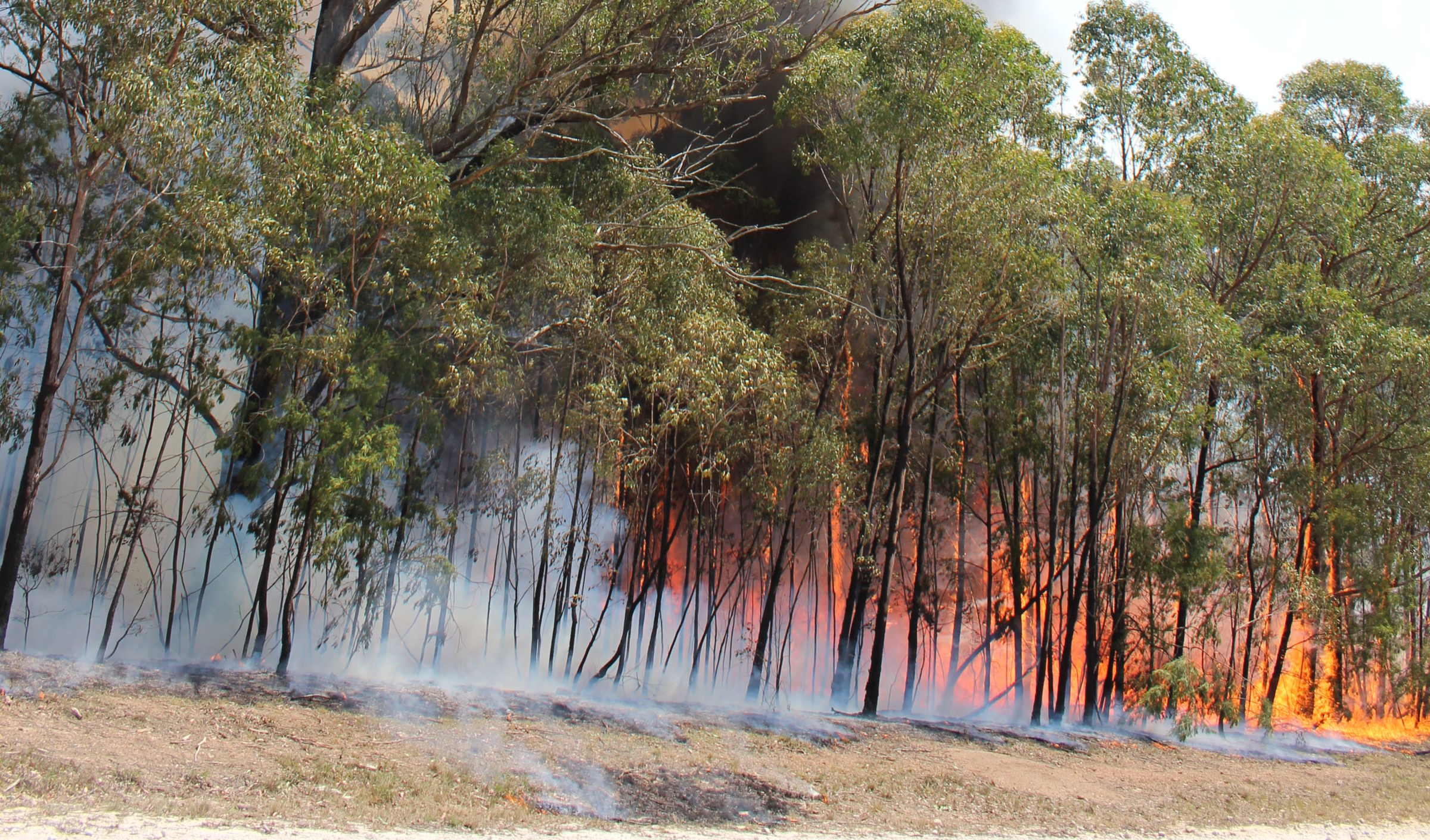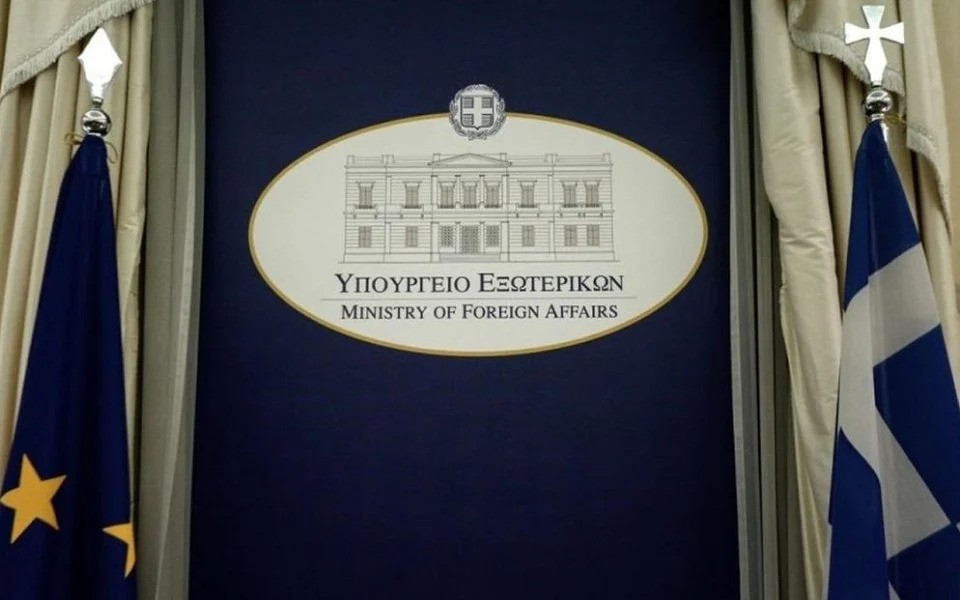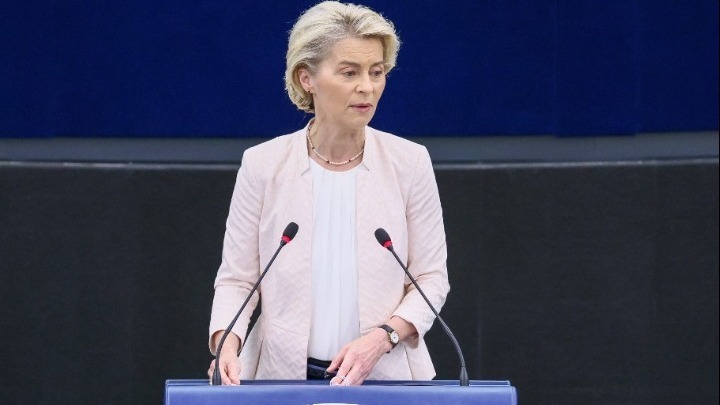Australia helps African nations revitalise Indigenous bushfire management skills


Australian scientists and economists are working with communities in southern Africa to lower carbon emissions, reinforcing an important post colonial message: “the black fellas had it right all along”.
For hundreds of thousands of years, Indigenous communities in Australia and Africa practised the same crucial backburning techniques to protect them from bushfires.
But when both continents were colonised by Europeans, northern hemisphere-dwelling authorities put fire suppression orders in place, in turn leaving vast areas of bush or savannah as dry and plentiful as a tinder box.
As a result, both landscapes have suffered catastrophic and uncontrollable wild fires.
These fires put lives and landscapes in danger but also had devastating consequences on carbon emissions.
Since the 1997 Kyoto protocol, Aussie scientists and North Australia’s First Nations people have worked to reinstate the ancient traditions and techniques in northern Australia to great effect.
They introduced a market-based system whereby big business, governments and eventually tax payers could pay the communities to do the backburning to offset their own carbon emissions.
And now the Australian government is funding them to work with communities in Botswana to help them do the same.
African savannahs are the most fire-prone environments on earth with huge impacts on global greenhouse gas emissions.
“It’s really just a matter of encouraging post colonial governments in this part of the world to recognise that original traditional knowledge, support it and look at how they can reduce emissions by doing it in a commercially incentivised way,” Charles Darwin University’s Jeremy Russell-Smith told AAP from a conference in Zambia.
“If you look at southern Africa – the Sand People, the original bushman inhabitants – that’s exactly the style of fire management they undertook for hundreds of thousands of years,” he explained.
“It’s only in the late 1990s that we suddenly woke up and recognised that the black fellas had the right idea after all on how to manage these landscapes.”
While it would have been better if these techniques were never abandoned, Russell-Smith says the stars have aligned to bring them back at a time when modern technologies have been developed to support them such as drones, satellites and “flash accounting methods”.
Like happened in Australia, these projects are starting at a grass-roots, community level but Russell-Smith says it’s only a matter of time before governments in Botswana and Zambia get fully on board.
“It’s in defiance of government policy. But it works,” Dr Russell-Smith said.
“Similarly to northern Australia – the local communities and projects are going to wag the tail of the dog and basically in a couple of years time we’ll see the whole fire suppression policy of Botswana is gone.”
It really is a win-win for everyone, he says.
“There are no negatives. It’s a remarkable, simple approach to a big problem.”
Source: sbs.com.au




